Cabbage, a dietary staple in cultures around the world, is a hardy, green leaf vegetable packed full of vitamins. Although it establishes itself easily, cabbage can be somewhat challenging to grow. A magnet for many garden pests, cabbage requires cool temperatures, fertile soil, excellent drainage, and plenty of moisture.
Plant Description
A member of the Cruciferae mustard family, along with kale, kohlrabi, broccoli, Brussels sprouts, bok choy, cauliflower, and collard, the cabbage plant (Brassica oleracea var capitata) is made up of numerous leafy layers.
A sun-loving biennial, cabbage is cultivated as an annual cool-weather vegetable crop. The flavorful smooth-leaf, firm-head green, red and purple cabbage found in fresh markets and family homestead gardens today descended from wild cabbage, native to western coastal Europe.
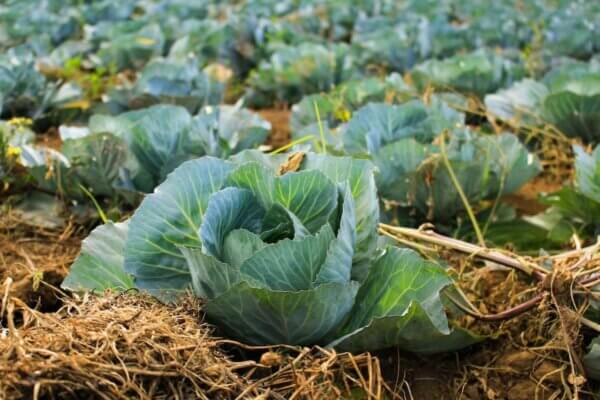
A typical head of cabbage weighs between 6 and 10 pounds. Cabbage that’s grown in northern climates with lots of sunshine produces considerably larger heads. Cabbage is normally harvested during the first season of growth. Heads left in the soil and allowed to go to seed are harvested at the end of the second growing season.
An annual plant that rarely produces flowers, cabbage grows to a mature height of approximately 1 ½ feet tall with a 1-2 foot spread. Flourishing in United States Plant Hardiness Zones 2-11, cabbage prefers a full-sun location. Annual worldwide production of cabbage totals over 21 million tons!
Types Of Cabbage
There are more than 100 different types of cabbage grown around the world. The cabbage plant is either round or ball head, conical (an elongated oval), or a big drumhead type. The most popular cabbage cultivars are Savoy, spring green, red, purple, yellow, and white cabbage, all differing in shape, color, and size.
A versatile vegetable, cabbage can be eaten raw or cooked, served in slaws, salads, soups, and entrees. Cabbage can be steamed, boiled, braised, baked, fried, fermented, sautéed, stuffed, grilled, pickled, or preserved.
Early cabbage varieties are typically smaller in size, juicier, and tender. However, they tend to split and store poorly. Late varieties are the largest types of cabbage and have the longest storage life. Favorite early varieties include Golden Acre, Early Jersey Wakefield, Stonehead, and Market Prize. Popular late varieties include Danish Ballhead, Vanguard King, Copenhagen Market, King Cole, and Greenback.
Preparing The Soil
Cabbage does well in most types of soil from light sandy soil to heavier compacted clay. Soil with a decent amount of nutrient-rich organic matter produces the best yields.
Work the soil to a depth of 12-18 inches, removing weeds, roots, rocks, and debris. Amend the soil with generous amounts of well-aged herbivore manure (sheep, cow, goat, horse), working the organic material well into the soil.
https://www.instagram.com/p/BKrm_eZgWlB/?tagged=growingcabbage
Cabbage grows best in soil with a pH of 6.0-6.5. Consider applying lime if the soil pH is less than ideal. However, do not over-lime. When too much lime is applied, the essential element manganese becomes unavailable to cabbage plants.
Always test the pH of your garden soil. Soil pH test kits are available for purchase from local home and garden centers. Or, take a soil sample to your local county extension office for evaluation. Supplement the soil as recommended.
Drainage
Heavy soils with adequate rainfall produce fine late autumn and winter harvests with little or no supplemental irrigation required.
However, cabbage cannot grow in soggy soil. When establishing a cabbage patch in the garden, good drainage is essential. Consider raised beds to improve drainage.
Planting
Cabbage can be started from seeds or transplants can be purchased from local growers. When using seed, start seed indoors 6-8 weeks before the last frost. Place seed pots in a sunny window or under lights and keep evenly moist.
Once daytime temperatures reach 60-70 degrees Fahrenheit and plants develop at least three leaves, it is time to transplant seedlings to the garden. Be sure to harden off cabbage seedlings over the course of a week before establishing in the garden.
https://www.instagram.com/p/BTr5nzwh4uT/?tagged=growingcabbage
Transplant cabbage seedlings to the garden on a cloudy day, placing plants 8-24 inches apart, dependent on the size of the cabbage head desired. Cabbage heads are smaller when planted closer together. Space rows approximately 2 feet apart.
Spread a thick layer of organic mulch around the base of the plants to help control weeds, maintain moisture, and to regulate soil temperature.
https://www.instagram.com/p/Ba2xCCOl4dy/?tagged=cabbageplant
Cabbage is an ideal companion plant to beans and cucumbers. Since cabbage is a heavy feeder, it should not be planted with cauliflower, broccoli, or other members of the same plant family that requires the same soil nutrients. Avoid planting cabbage near tomatoes and strawberries.
Managing Cabbage Insects
Signs of a cabbage insect infestation include cupping, wrinkling, or curling of the leaves or stunted plants. Cabbage is targeted by a diverse array of insect pests including the Diamondback Moth, the cross-striped cabbageworm, flea beetles, cabbage aphids, cabbage maggots, and cutworms.
Insects allowed to infest the cabbage patch wreck havoc, eating out the center of the head, leaving an unmarketable and inedible plant. Always minimize the number of cabbage insect pests by natural means.
https://www.instagram.com/p/BHQP1qrjJwq/?tagged=growingcabbage
Successful management of cabbage insects, especially leaf-feeding caterpillars, is dependent on correct pest identification and timely intervention. Since different species of insects attack cabbage plants, it is important to accurately identify the culprit to effectively eradicate the problem.
If plant damage is evident, but you cannot identify the insect that is causing the problem, take a sample of the leaf damage to your local county extension office for assistance in determining the best organic gardening practices to control cabbage crop damage.
Handpicking
Remove cabbage loopers and other insect larvae by hand or with tweezers. This method works well if you have a small cabbage patch and the time to inspect cabbage heads daily.
Attract Beneficial Insects
Invite beneficial insects that eat cabbage pests to the garden by planting alyssum, yarrow, or daisies, all of which attract the Braconid Wasp. This aggressive wasp preys on cabbage worms and will quickly rid the garden of this particular pest problem.
Companion Planting
Sage, thyme, peppermint, rosemary, southernwood, and hyssop are excellent companion plants to establish around the perimeter of the cabbage patch to repel butterflies and moths that deposit larvae of caterpillars that feast on cabbage leaves.
https://www.instagram.com/p/BfndhAQnx0B/?tagged=cabbagepatch
The pungent scent of these herbs offers a powerful barrier between plants and pests while sweetly scenting the air with a delightful fragrance.
Garlic Water Repellent
Plant garlic between cabbage rows to minimize cabbage worm infestations and the resulting damage. Augment by weekly treatments with garlic water. Commercial garlic sprays are available at home and garden centers and online.
However, it’s easy and inexpensive to prepare a homemade solution of 2 tablespoons of garlic oil, 2 tablespoons of fish oil, and 1 quart of water that effectively repels cabbage pests. Prepare the mixture and place in a pump garden sprayer. Saturate the head and leaves of each cabbage plant with the solution once a week or after rain.
Harvesting And Storing Cabbage
Cabbage is ready to be harvested when heads mature to the desired size and are solid and firm when squeezed. To harvest, cut each head at the base with a sharp knife. When harvesting early cabbage plants, you can harvest two crops by cutting the cabbage head from the plants, leaving root and outer leaves in place.
https://www.instagram.com/p/BdlBjS6nwEl/?tagged=growingcabbage
Handle cabbage heads with care to avoid bruising and leaf damage. Cabbage stores well in the root cellar or crisper drawer of the refrigerator. If you use only a portion of a head of cabbage, wrap the unused portion and store the remainder in the fridge.
More About Cabbage
Cabbage is an exceptional source of fiber, low in saturated fat, cholesterol free, and provides a wealth of essential nutrients including potassium, manganese, magnesium, folate, calcium, Vitamins A, B6, B9, C, K, thiamin, iron, riboflavin, tryptophan, protein, and omega-3 fatty acids.
https://www.instagram.com/p/rUm_EFqDx0/?tagged=cabbagebenefits
A useful tool in weight management, a generous cup of chopped cabbage has less than 20 calories and more than 190% of the body’s daily requirement of Vitamin C.
Cabbage was first cultivated in what is now Western Europe before 1000 BC. However, it was not until the Middle Ages that the crunchy vegetable became a food staple and a featured ingredient in European cuisine.
References:
- Brassica oleracea (Ornamental Cabbage and Kale Group), Missouri Botanical Garden
- Cabbage, United States Department Of Agriculture
- Cabbage, Agriculture Victoria
- Facts For Cabbage, WSDA – Farm To School
- Cabbage, Horticultural Crop Research and Development Institute
- Cabbage Insects, Entomology At The University of Kentucky






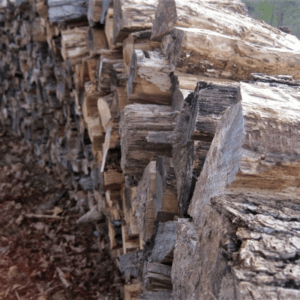
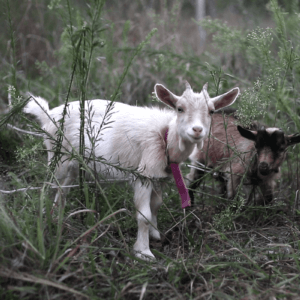



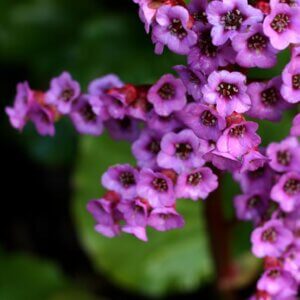




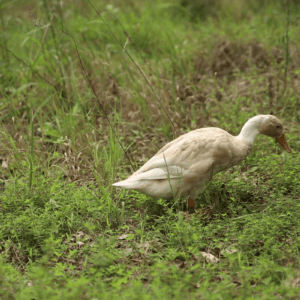

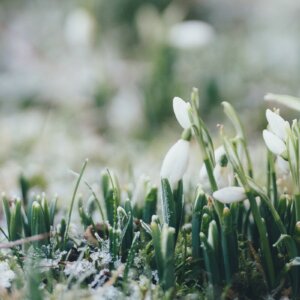

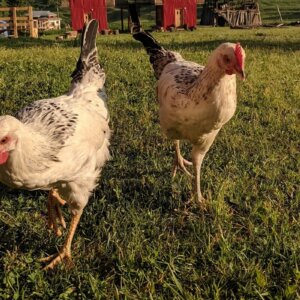

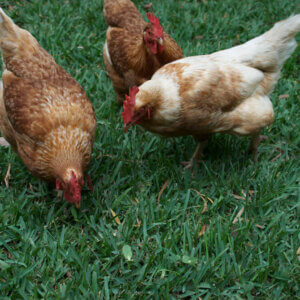
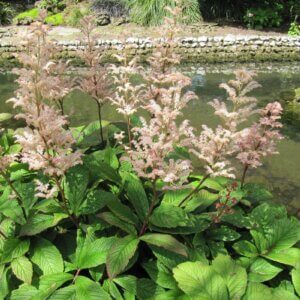

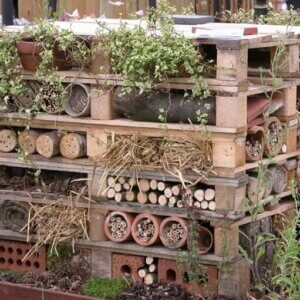

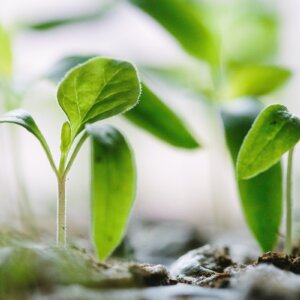
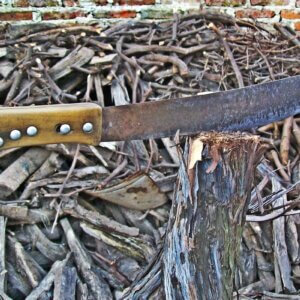

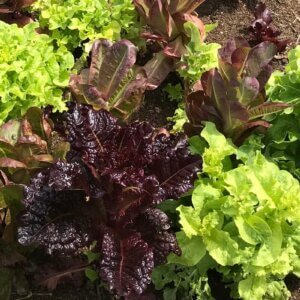

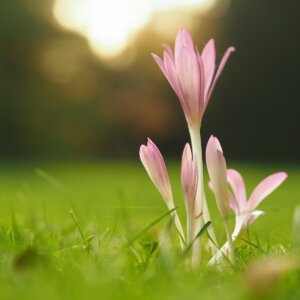


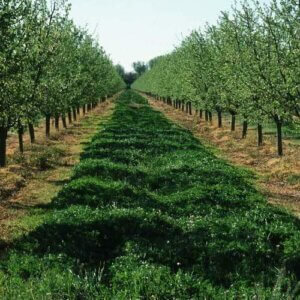

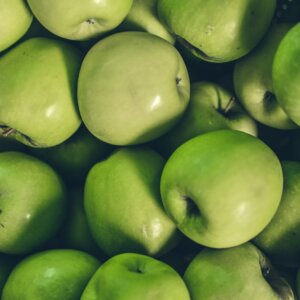

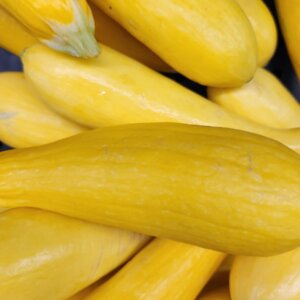

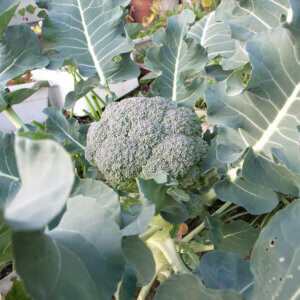
Excellent article….that took “some time to research and write”….nicely done.